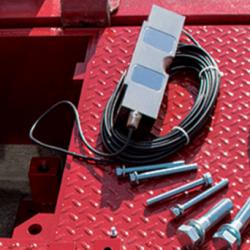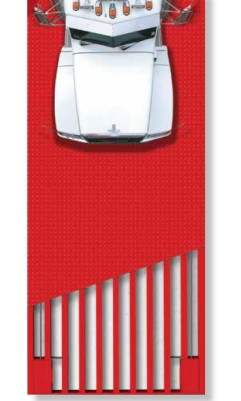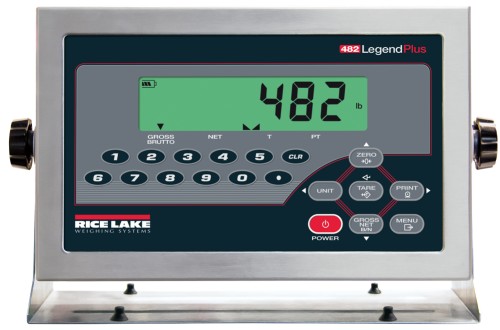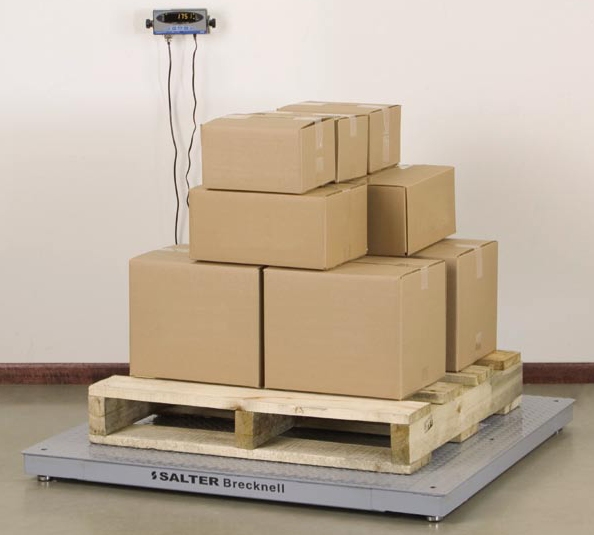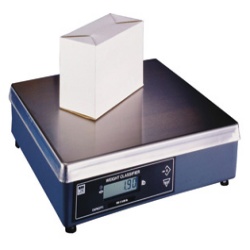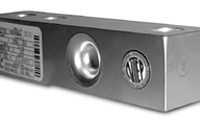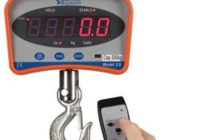Best Logging Scales for Accurate Forestry Measurements
Logging scales are essential tools in forestry for precisely measuring the weight of timber. Accurate measurements ensure compliance with weight regulations, reduce transportation costs, and boost operational efficiency. This article covers the types of logging scales available and their benefits in forestry operations. Key Takeaways Accurate weight measurement using logging scales is essential for compliance,… Read More »
